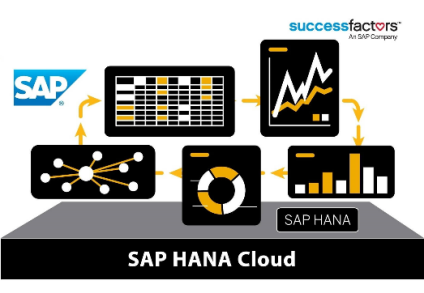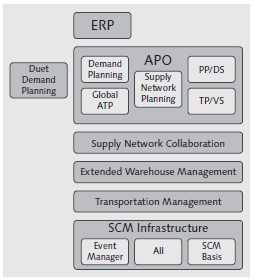Extending SuccessFactors on HANA Cloud Platform

TAKE NOTE (Insights into SAP solutions and Emerging Technology)
Extending SuccessFactors on the HANA Cloud Platform – a SuccessConnect gut check
SaaS players with a platform for app extensibility have a big advantage. If that extensibility leads to a frictionless way to try and buy via apps stores, that advantage increases. SAP’s approach to SaaS app extensibility is the HANA Cloud Platform.
SuccessFactors is an intriguing use case for HCP. To date, there has been more partner involvement on extending SuccessFactors on the HCP than any other SAP SaaS solution. Two of SuccessFactors’ most active partners on HCP are at the opposite end of the spectrum: Accenture and Enterprise Jungle.
The author has never been convinced that SAP is all-in on the HCP, though momentum has increased. I posed the HCP question as one of my eight questions heading into SuccessConnect. In Las Vegas, I got some answers, some of which genuinely surprised me.
IF you didn’t attend SuccessConnect in Vegas, then you’ll want to continue reading Jon’s article originally published at Diginomica.
UNDER DEVELOPMENT(Information for ABAP Developers)
World Class Utility Makes getting a WHERE-USED on a RFC Push Button Easy – Part 2
In this installment of our IT Partners blog, I will be inviting a good friend of mine Henry Stewart to teach us about using a tool he developed to analyze and perform a WHERE-USED on a RFC in a remote SAP System. Typically, you use the deliveredWHERE-USED functionality of the Repository Information System (SE84) inside an SAP instance to discover where the subject object is called or referenced.
But what if the objects calling reference is not in the system that has the RFC? You could log on to every SAP system and do a search, or we can learn from Henry and use his tool.
The ALV Usage to Display Found RFC Locations
Lets pick up in part 2 with a closer look into the ALV Grid and it’s usage from part 1. ALV Programming is an area of ABAP development that allows for presenting the ABAP report in the tabular format with integrated functions as sorting, output in different formats, etc…
There are many good sites for ALV development, on SCN, SAP Help and elsewhere:
https://wiki.scn.sap.com/wiki/display/ABAP/ALV
https://help.sap.com/saphelp_erp60_sp/helpdata
/en/bf/3bd1369f2d280ee10000009b38f889/content.htm
ALV stands either for ABAP List Viewer or for SAP List Viewer, and is available in ABAP and Java. In this article we are not presenting ALV development just it’s aspects as it relates to this article. So let’s pick up after we selected the RFC locations.
The result of our SAP Where Used List selection of RFC references and identification of their location in the code is collected in the internal table gt_display:
Q&A (Post your questions to Facebook or Twitter and get the answers you need)
Q. I have worked with SAP ECC integrating Manugistics for quite some time. I am looking to better understand SAP SCM. I remember SAP APO back in the late 90’s, but I think SCM may be more than what APO was. I gues my question really is what is SAP SCM?
A. This is a great question. I recently have worked on SCM myself and had a similar inquiry. Here is what I can tell you…


